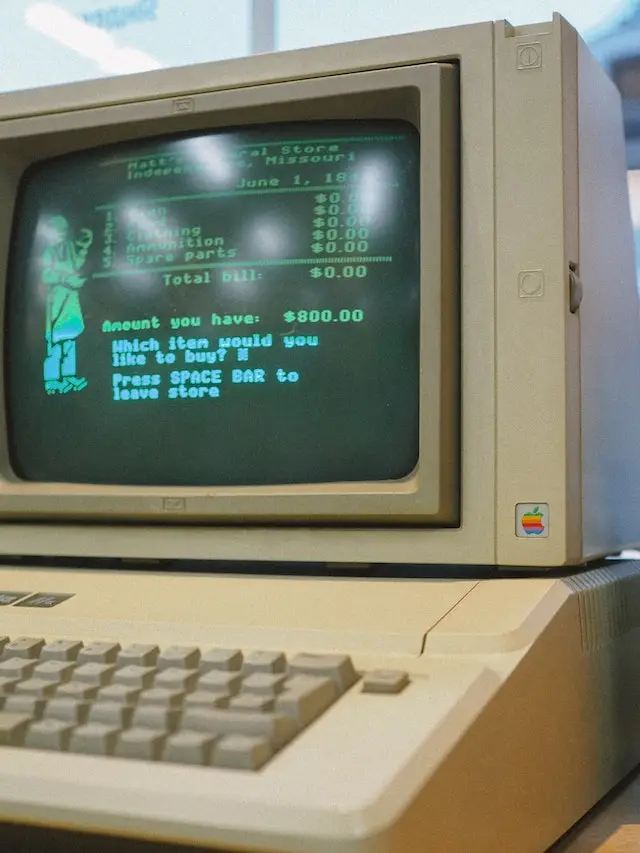
When I was in elementary school in the 1980’s students were always excited to go to the computer lab. We would usually play a game called Lemon Aide Stand in the lab. A couple of years later, a game called The Oregon Trail became popular to use on computers. My childhood memories are now a part of history. Back then, I was excited about using personal computers but didn’t realize how new this technology was. When was the first accessible personal computer made?
The first IBM Personal Computer (PC) that made computing accessible to everyone was made in 1981. This blog post examines how this milestone affected work, communication, and our digital world.
Personal Computers:
Before 1981, corporations, universities, and research institutes used enormous, expensive computers. They filled rooms and were operated by experts. The IBM PC altered everything. It offered computing power and versatility to homes and offices, launching the personal computer revolution.
IBM PC: A Game-Changer:
The IBM PC changed technology. It had a 4.77 MHz Intel 8088 processor, 16KB of memory, and a floppy disk drive. These criteria seem modest today, yet they were pioneering at the time.
IBM used off-the-shelf components and an open design, allowing third-party companies to produce compatible hardware and software. This method created a flourishing ecosystem of hardware add-ons, software programs, and peripherals, allowing infinite customization and extension.
Work and Productivity Impact:
The IBM PC revolutionized workplaces and increased efficiency. Before it, computing tasks took time and required specialized machines. The IBM PC let professionals calculate, write, and analyze data at their desks. Accessibility and efficiency transformed workplace dynamics and created new job options.
Software applications also grew from the IBM PC. Businesses and people needed word processors, spreadsheets, databases, and other productivity tools. These apps automate manual activities, saving time. The IBM PC made computer literacy accessible to everyone.
Communication Revolution:
The IBM PC transformed communication and work. Modems and BBS enabled global communication and information sharing. Email, forums, and early internet services fostered global community and collaboration.
The IBM PC also shaped gaming. It became a gaming platform, attracting more gamers and advancing the gaming business. From text-based adventures to graphically immersive experiences, PC gaming spurred graphics and sound technology.
Conclusion:
The 1981 IBM Personal Computer (PC) revolutionized computing. It democratized computing, changing how people work, communicate, and use technology. The IBM PC’s open architecture and expandability created a software and hardware ecosystem. It improved productivity, communication, and the digital revolution that continues today. The IBM PC is a lasting icon of technology democratization.

